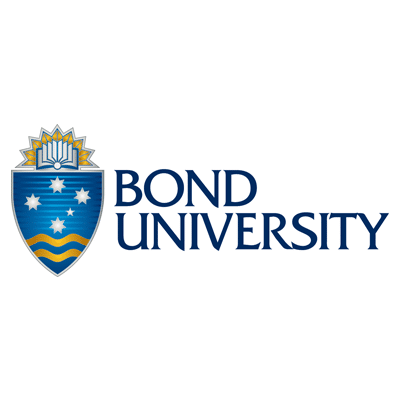Bachelor of Project Management
Priority 2 (Medium)
Places nearly full (not over-allocated)|Visa Approval Time: 4-8 weeks queuing for processing
Data updated: 2025-11-13
2026
- Total Tuition Fee150,986 AUD
- Fee Per Academic Year72,697 AUD
- Course Duration2.1 Year (108 weeks)
- Last Updated07-11-2025
Overview
Introduction
Nations around the world have experienced a global pandemic and are trying to rebuild their economies with extra government stimulus. This process, which is expected to take many years, creates a once-in-a-generation opportunity for talented project and program managers to help their communities by successfully delivering innovative solutions for life in the ‘new normal’. Pre-pandemic, project management jobs were already abundant and well-paid. Post-pandemic, jobs are forecast to grow even more across all industry sectors and regions. This program enables you to manage projects and programs (or aligned groups of projects) within a portfolio and make decisions that lead to successful financial, social, ethical, and environmental outcomes. We adopt a hands-on approach using authentic case studies and evidence-based research. You can apply your new capabilities to any type of project in any industry sector. Our main objective is to teach you how to ‘make things happen’. This is the primary purpose of project management.
Projects are vehicles of change and project managers are change agents. Whether you lead change related to initiatives for product creation, service provision or systems development, project managers set out to deliver outcomes that are on schedule, within budget, as specified and with no surprises. This is achieved through a mix of technical, tactical, and strategic decisions that maximise value and minimise unnecessary effort.
The Bachelor of Project Management is taught by an experienced team of industry professionals and research-informed educators using weekly interactive classes held over two years (six semesters) full time.Program code: SD-90010CRICOS code: 0101294
Key Dates
2025
School Application Steps
Follow the process below, prepare materials in order, and track the progress of each stage.
- 1
Prepare Materials (School Application)
- Organize academic and language materials based on the list of target courses and schools.
- If the requirements are not yet met, you can apply for a language pathway program/packaged course (ELICOS/internal test) first.
- Name the electronic versions of documents uniformly (in English) for easy reuse in subsequent visa applications.
Documents for Adult Applicants
- 2
Briefing on School-Arranged Interview (if applicable)
- Submit application materials, including transcripts, passport, and English proficiency proof, to the State Department of Education.
- School review: The Department of Education recommends schools based on the student's situation, and the school arranges an interview after its review.
- Interview notification: An email will specify the interview time, method (usually Zoom or Teams), and preparation details.
- Interview content: A conversation in English including self-introduction, interests, academic situation, future plans, and a comprehensive assessment of learning habits, adaptability, reasons for coming to Australia, etc. The duration is approximately 15-30 minutes.
- 3
Submit School Application
- Submit the application through the school's official website or an agent's portal and pay the application fee (if any).
- Submit supplementary documents as required and track the admission progress (Conditional/Unconditional Offer).
- After meeting the conditions, pay the tuition deposit and complete the acceptance procedure (Accept Offer).
- 4
Obtain CoE and Arrange OSHC
- The school issues the CoE (Confirmation of Enrolment).
- Purchase/confirm OSHC to cover the entire visa period (including dependents, if any).
- 5
Visa Document Preparation (Subclass 500)
- Organize documents for finances, GTE, English proficiency, and medical examination, ensuring consistency with the chosen course.
- Check the letterheads, dates, translation formats, and certification requirements of visa documents.
School Level
The school's visa assessment level determines the risk level for students applying for a visa and is a significant reference.
For example, if a school's visa assessment level is 2, the applicant will face more restrictions and be required to provide more written evidence, such as proof of language proficiency and financial capacity.

Course Campuses
- QLD
Similar Course
VIC
NSW
WA
TAS
QLD
SA
ACT
NT

No data available~








